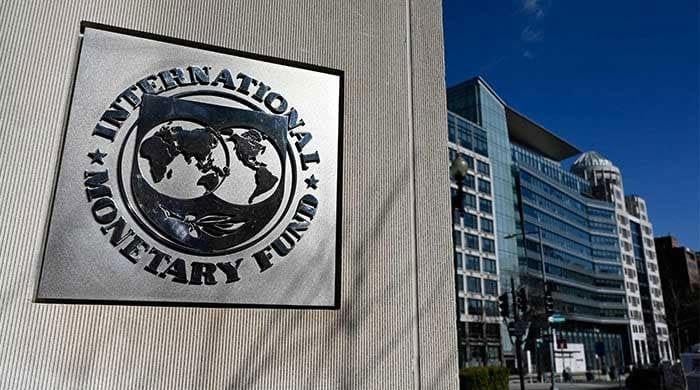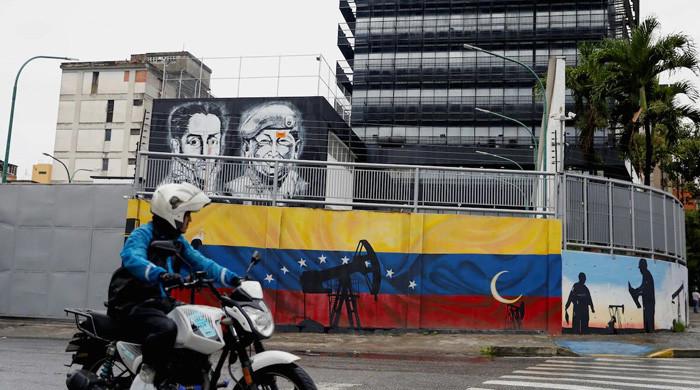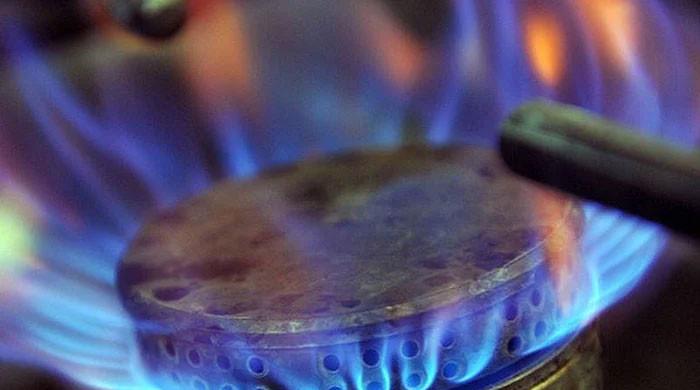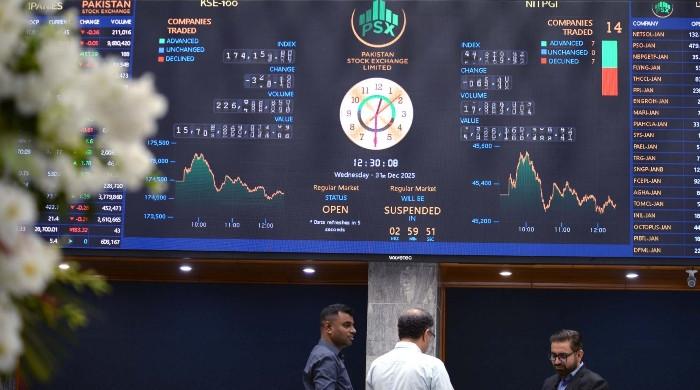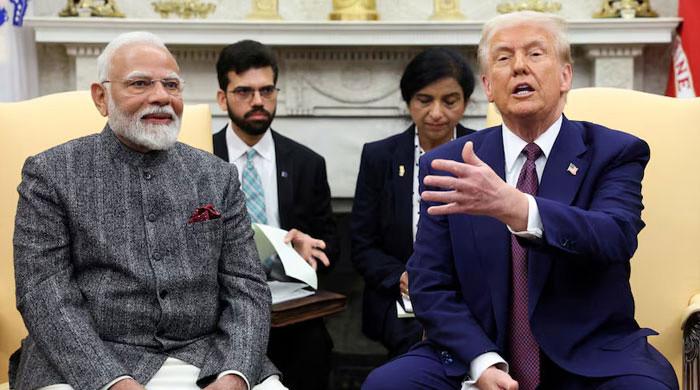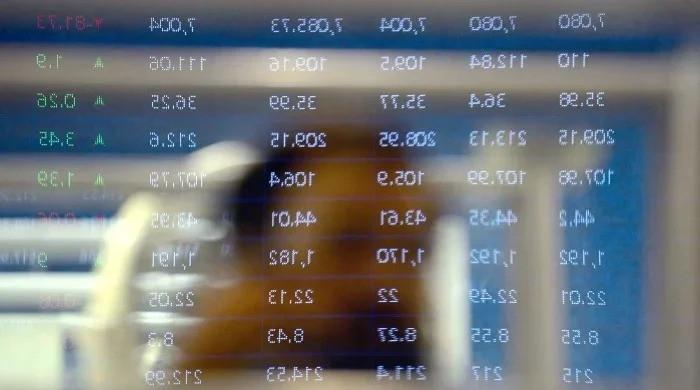Pakistan keeps key policy rate unchanged at 13.25 percent
Pakistan's decision to keep policy rate at 13.25 percent reflected how 'inflation outcomes have been largely as expected', SBP said
September 16, 2019
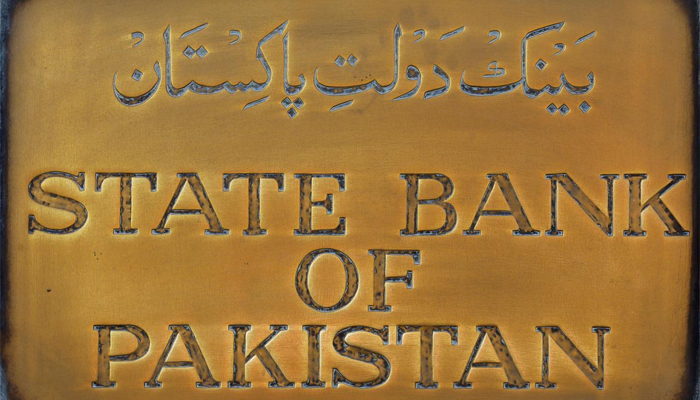
ISLAMABAD: Pakistan has "decided to leave the policy rate unchanged at 13.25 percent", the country's central bank announced on Monday.
In a statement issued Monday, the State Bank of Pakistan (SBP) said its decision was based on the Monetary Policy Committee's (MPC) "view that inflation outcomes have been largely as expected and inflation projections for FY20 have remained unchanged since the last MPC meeting" on July 16, 2019.
It further noted that the MPC said Pakistan's monetary policy stance was adequate to slash inflation down to the forecasted target range of five to seven percent in the next two years.
The decision came on back of an analysis of the past two months' "key economic developments", as well as the "developments in the real, external and fiscal sectors, and the resulting outlook for monetary conditions and inflation".
It is important to note, the SBP said, that "the interbank foreign exchange market had adjusted relatively well to the introduction of the market-based exchange rate system", especially in light of the fact that the volatility — and market uncertainty — following the move had subsided.
That, coupled with "continued adjustment in the current account", had boosted the rupee's strength against the US dollar, it added, noting further that the United States' Federal Reserve reduced its own rate by 25 basis points (bps), leading to a similar pattern around the world and potentially increasing the emerging market's financial inflows.
The SBP also noted changes and developments in the real, external, and fiscal sectors.
Lastly, the central bank said the "developments were in line with the SBP’s earlier projections and reflected the pass-through of earlier exchange rate depreciation, adjustment in utility prices, and an increase in food prices".
It forecasted the inflation to be around 11 or 12 percent in FY20 but stressed that the risks of higher rate may possibly come from "fiscal slippage or other adverse developments" or lower rate "if oil prices decline, aggregate demand slows faster than expected, or the exchange rate appreciates".




